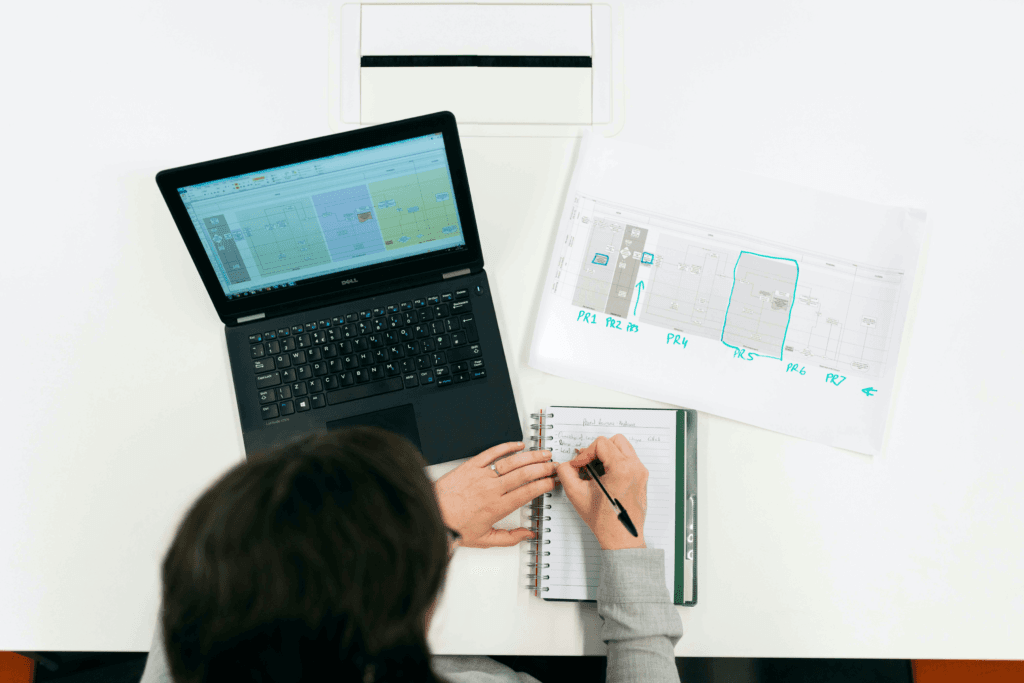Diagrams have the way of transforming a technical blog post into a palatable information snippet by breaking up lengthy ideologies into sweet little morsels. Here is a comprehensive guide to creating diagrams successfully:

1. Identify the Purpose
Clarify Your Goals:
- There exists a difference between process and architectural diagram for component relationships.
Example Use Case:
- In case you are talking about a web application, then it is preferable to depict how the users interacted with both the front end and the back end.
2. Choose the Right Type of Diagram
Types of Diagrams:
- Flowcharts: These would be the right kind of diagram to represent a certain process or workflow.
- Architecture Diagrams: These would be able to represent the various components of a system and, additionally, their interactions.
- UML Diagrams: These kinds of diagrams would be really helpful when you want to model some software designs-such as class diagrams and sequence diagrams, for example.
- Wireframes: These would be the maps that could be used to visualize the layout of user interface designs.
3. Select a Tool
Recommended Tools:
- Lucidchart: Pretty simple really with templates and features for collaboration.
- Draw.io: It’s free and syncs well with Google Drive.
- Canva: Provides all that creative flexibility needed to come up with visually attractive diagrams.
- Microsoft Visio: Use professional diagramming and detailed diagramming.
- Figma: The best UI/UX design with real-time collaboration.
4. Plan Your Diagram
Outline Your Layout:
- Draw a rough outline and identify key parts as well as their relationship with each other.
Tips:
- So it is, true and clear. Probably makes more simpler sense using shapes-specific representations like rectangular shapes for the representation of processes, while diamonds work better for decision ones.
5. Create the Diagram
Using Your Tool:
- You can open the tool of your choice and start building your diagram.
Design Tips:
- Related colors and shapes should be uniform to achieve maximum readability. However, the use of colors must be limited to prevent muddling, notwithstanding legibility.
6. Add Annotations
Enhance Understanding:
- You shall include within the document labels, arrows, as well as descriptions that are consice to further elucidate the relationships.
Best Practices:
- Concise annotation. Define abbreviations in your article.
7. Review and Revise
Seek Feedback:
- Facilitate the sharing of the diagram among your colleagues so that they can give their input and suggest usability tests to others. Ask someone unfamiliar with the content to interpret the flow.
Iterate:
- Adjust accordingly based on feedback to enhance clarity.
8. Integrate into Your Article
Placement:
- Following this assertion, you are required to logically situate the diagram within your content, preferably adjacent to the relevant text.
Reference in Text:
- Illustrate your point in the article by referring to the diagram (for example, “As shown in Diagram 1…”).
9. Optimize for Accessibility
Ensure Accessibility:
- Alternate the text in the images and also use the very high contrast colors to see it visible.
Consider Color Blindness:
- Pattern silhouettes or textures shall divide or differentiate the different components by colors.
10. Promote Engagement
Encourage Interaction:
- Encourage readers to share their thoughts below. A call to action might be that they create diagrams themselves.
Conclusion
They help to create diagrams at the transporting stage of your blog related to technical content stashed with jargons into easily understandable representations. A well-made diagram would clarify the concepts and grab the attention of your audience while raising the entire quality of your writing.
Read About Social media marketing

Thanks for sharing. I read many of your blog posts, cool, your blog is very good.
It’s my pleasure! Truly, your support and the delightful things you have said are much appreciated. It means a lot to me that you have enjoyed my blog. I would love to hear if there is anything you want to suggest for my next post! 😊